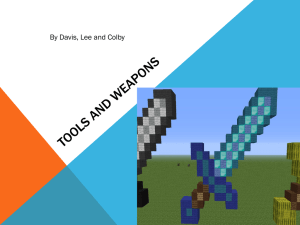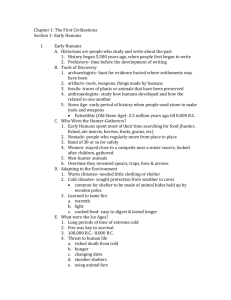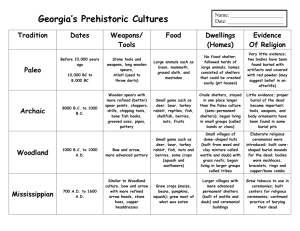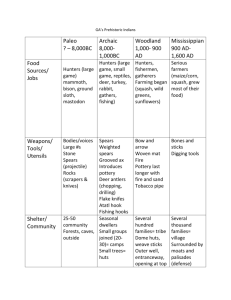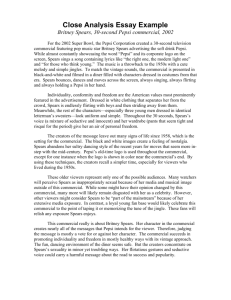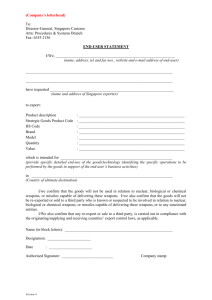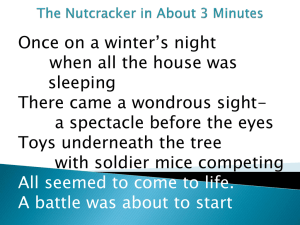abstract
advertisement
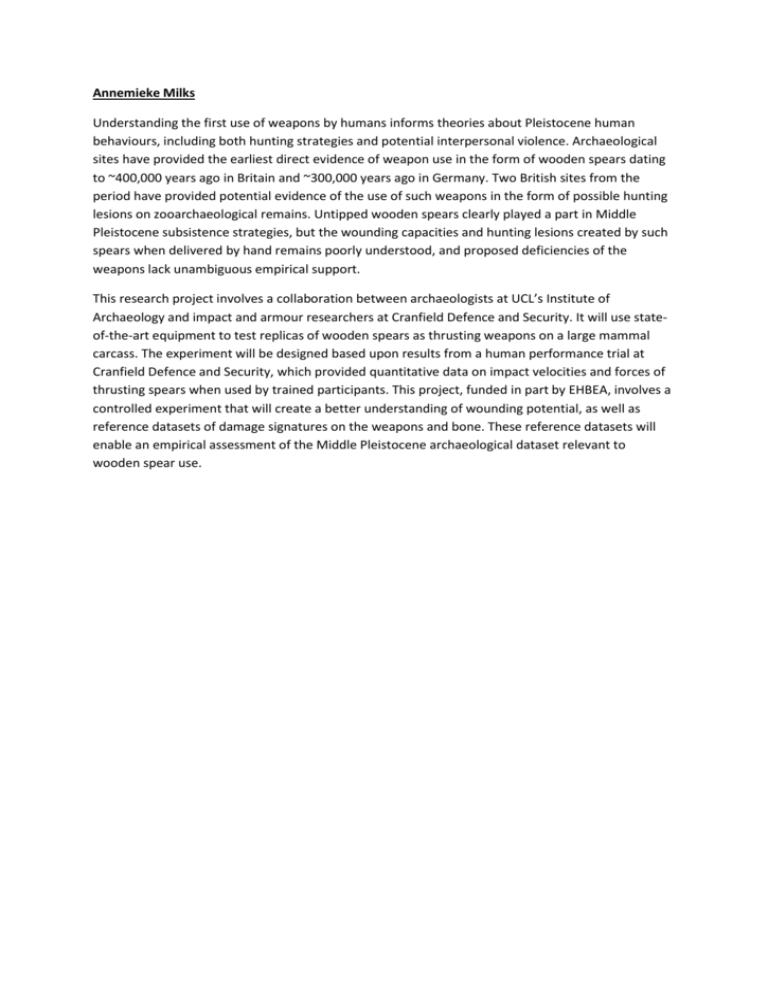
Annemieke Milks Understanding the first use of weapons by humans informs theories about Pleistocene human behaviours, including both hunting strategies and potential interpersonal violence. Archaeological sites have provided the earliest direct evidence of weapon use in the form of wooden spears dating to ~400,000 years ago in Britain and ~300,000 years ago in Germany. Two British sites from the period have provided potential evidence of the use of such weapons in the form of possible hunting lesions on zooarchaeological remains. Untipped wooden spears clearly played a part in Middle Pleistocene subsistence strategies, but the wounding capacities and hunting lesions created by such spears when delivered by hand remains poorly understood, and proposed deficiencies of the weapons lack unambiguous empirical support. This research project involves a collaboration between archaeologists at UCL’s Institute of Archaeology and impact and armour researchers at Cranfield Defence and Security. It will use stateof-the-art equipment to test replicas of wooden spears as thrusting weapons on a large mammal carcass. The experiment will be designed based upon results from a human performance trial at Cranfield Defence and Security, which provided quantitative data on impact velocities and forces of thrusting spears when used by trained participants. This project, funded in part by EHBEA, involves a controlled experiment that will create a better understanding of wounding potential, as well as reference datasets of damage signatures on the weapons and bone. These reference datasets will enable an empirical assessment of the Middle Pleistocene archaeological dataset relevant to wooden spear use.
